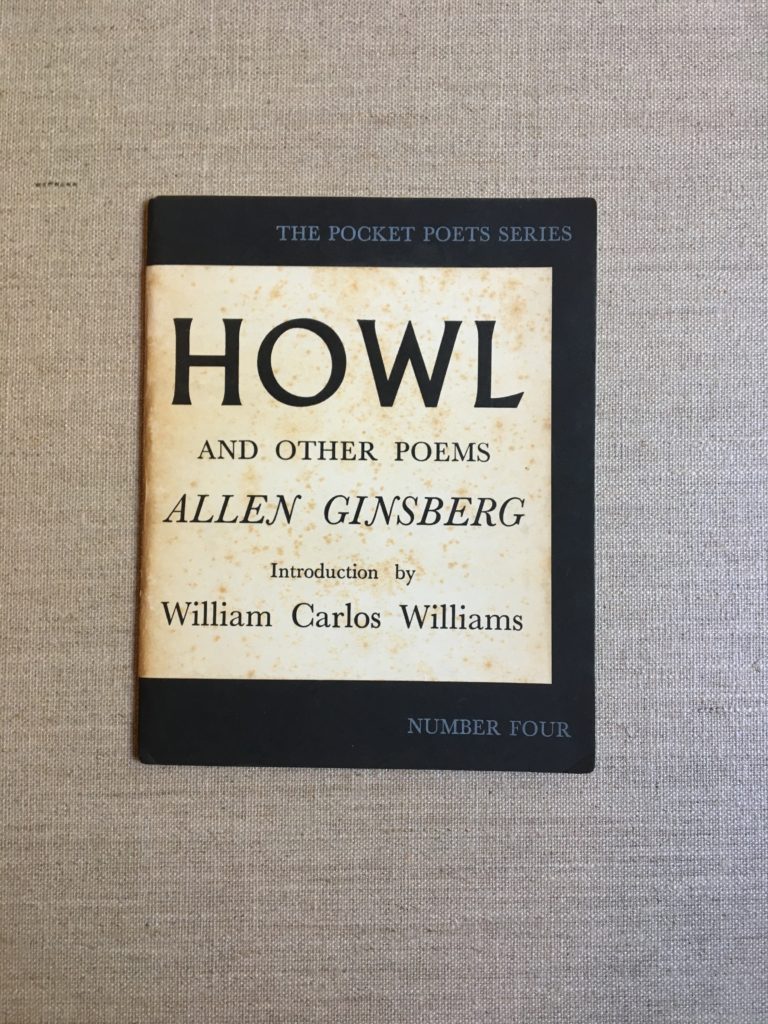

So he sent it to England to have it printed. Publishing Howl was not a trivial matter.įerlinghetti - who got his manuscript - rightly anticipated trouble with the law over the poem's explicit content. Jack Kerouac of On the Road fame was there pouring wine.Īnd so was Ferlinghetti, who had added a coda to that congratulatory 1955 telegram: "When do we get the manuscript?"

He first read the poem at the Six Gallery in San Francisco. He quit his work in corporate advertising and began work on Howl. Ginsberg bought a tape recorder and practiced reading his poems aloud because poetry as performance art was blossoming in San Francisco nightclubs. Ginsberg became part of this intellectual and cultural scene right away." In part because it was far away from the East Coast centers of power and you could do things that you couldn't do elsewhere, there was an invitation to experiment. "In the '40s there was a substantial community of anarchists, pacifists, experimental poets. "San Francisco was, in a way, a refuge for people from all over the country," says Jonah Raskin who authored a book about Howl called American Scream. Ginsberg, the son of a traditional poet and initially a student at Columbia University, found liberation from the East Coast establishment in the San Francisco of Ferlinghetti and the beat poets. Fifty years later, the poem stands as a watershed. (He was borrowing from what he remembered as Emerson's words to Walt Whitman upon receiving one of the first copies of Leaves of Grass.)įerlinghetti recognized that Ginsberg's work had the potential to reshape the dominant poetic tradition. "I greet you at the beginning of a great career," he wrote. When poet and publisher Lawrence Ferlinghetti heard Howl in 1955, he sent a telegram to Alan Ginsberg.

Download MP3: Anne Waldman and Ginsberg reading, including Howl (1975) Size: 33MB.


 0 kommentar(er)
0 kommentar(er)
